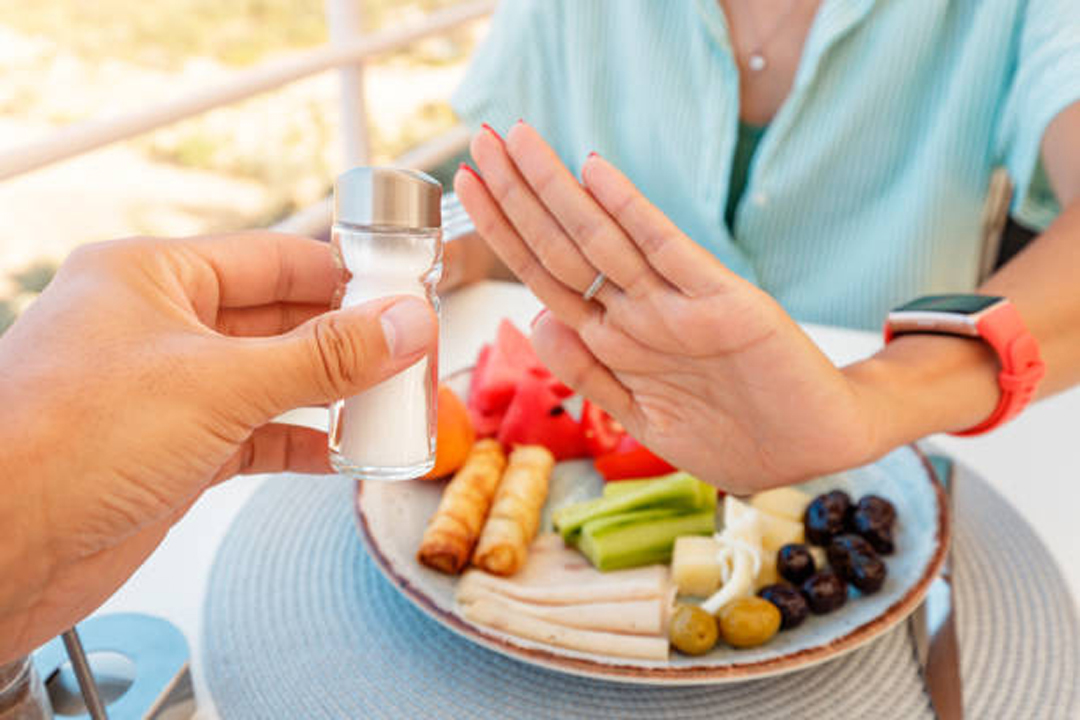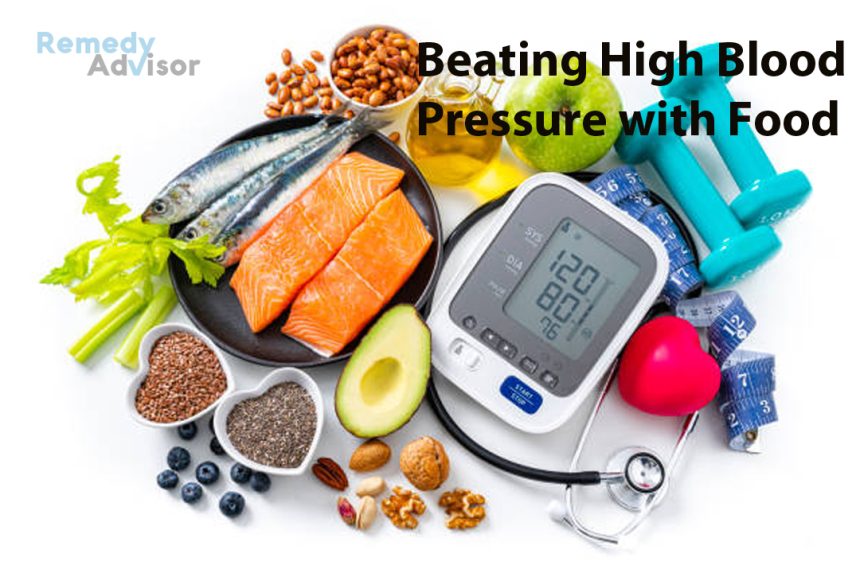One of the most proactive and effective ways to both prevent and manage high blood pressure is through your food choices. Food can be your medicine, and medicine can be your food, to paraphrase Hippocrates, and the great thing about this medicine is that it cannot only taste great, but it also can make you feel wonderful and vital. However, like medicines and supplements, not all foods are equally effective or healthful, and moderation is key. Fortunately, the lists of exciting and delicious foods that can help you achieve and support a healthy blood pressure and cardiovascular health is long and diversified, so you should never be bored or at a loss to find convenient, appropriate choices.
A well-researched and well-known diet for reducing the risk of hypertension as well as helping in managing the condition is DASH, or Dietary Approaches to Stop Hypertension. However, DASH is not the only dietary approach you can take to accomplish these goals, so for individuals who like to have options in life there are two more related diets discussed in this chapter: vegetarian and vegan. All three share some basic characteristics emphasis on fruits and vegetables, low amounts of saturated fat, richness in fiber, and low (or no) amounts of cholesterol although there are some differences. All of these diets also offer a wealth of tasty options. So let’s get started on that menu and shopping list for fighting high blood pressure!
A dashing approach to high blood pressure
Doctors who are worth their salt (pun intended) will recommended DASH to their patients who are at risk for or who already have high blood pressure for one simple reason: it has been proven to work, and quickly as rapidly as two weeks. Indeed, the U.S. Guidelines for Treatment of High Blood Pressure state that all doctors should recommend the DASH diet for anyone who has just been diagnosed with hypertension. DASH can be especially helpful for people who have prehypertension or mild to moderate high blood pressure. Individuals with severe hypertension can significantly reduce their need for medication if they follow the diet, while patients with mild to moderate high blood pressure often can stop taking their antihypertensive drugs altogether.
DASH also can improve cholesterol levels and is associated with reducing the risk for developing type 2 diabetes. For certain years DASH was rated the number one diet by U.S. and it is endorsed by the National Heart, Lung, and Blood Institute, the American Heart Association, the 2010 Dietary Guidelines for Americans, and doctors everywhere. But the only one who really matters when it comes to embracing DASH is you, because if you don’t follow it, it can’t help you achieve your goals of lower blood pressure and overall better health.
What Is DASH?

DASH is a way of eating that evolved out of research from the National Institutes of Health, in which investigators tested the impact of various nutrients in food on blood pressure. They found that elevated blood pressure could be safely and effectively reduced when people followed an eating plan that focused on fruits, vegetables, whole grains, and low-fat dairy products, as well as poultry, fish, lean meats, and nuts. In addition, the overall approach of DASH is low in total fat and saturated fat (no more than 6 percent of total calories from saturated fat and no more than 27 percent from total fat), cholesterol, sodium, sugar, and red meats.
Why DASH Lowers Blood Pressure?
When the elements of DASH are evaluated, numerous features stand out as being important players in the lowering of blood pressure. One is believed to be the high levels of electrolytes potassium, calcium, and magnesium in the diet, which are largely associated with the focus on fruits and vegetables. Potassium in particular has been shown to have ability to lower blood pressure. However, other research shows that taking supplements of these minerals doesn’t yield the same benefits, so foods with these nutrients seem to have other qualities that are important for lowering blood pressure, which helps support the argument for choosing food over supplements for your nutritional needs.
DASH is effective at lowering blood pressure for other reasons as well. For example, the emphasis on whole grains, fruits, and vegetables in the diet increases the amount of fiber, which helps lower cholesterol (important for blood pressure) and makes it easier to drop excess pounds. The focus on lower-fat foods (both dairy and meats) also helps lower blood pressure, cholesterol, and weight, while the plan also follows U.S. guidelines for salt content.
Yet another reason why DASH can reduce blood pressure levels may be linked to the amount of plant protein in the diet rather than animal protein. DASH emphasizes plant-based more than animal-based foods, although it is not a vegetarian diet. According to the INTERMAP study, which involved nearly forty-seven hundred men and women from the United States, the United Kingdom, Japan, and China, eating animal protein did not have an impact on blood pressure. However, consumption of plant protein was significantly associated with lower blood pressure. So this means if you are a meat lover there is no reason you can’t include moderate portions of lean beef, lamb or pork in your diet, in addition to poultry and fish.
Toss in the fact that there’s plenty of variety in DASH and that it contains all the foods you’ll find in the popular Mediterranean diet and you have a plan for success, if you choose to follow it.
What Does DASH Look Like?
DASH is good for the entire family and not just people with high blood pressure or anyone who want to avoid it. Yes, a number of studies have shown that a DASH approach is effective in reducing, preventing, and managing high blood pressure in young children and adolescents as well. With all this in mind, here are the recommended numbers of daily servings for different food categories of DASH based on average calorie intake ranging from 1,600 to 3,100 calories per day. You can make adjustments based on your or your family member’s average recommended calorie intake per day:
- Grains: 1 slice bread, ¼ bagel, ½ English muffin, ½ cup cooked rice, barley, couscous, or other grains, 1/2 cup cooked pasta. Typically, one serving equals 1 ounce (dry weight for grains that need to be cooked).
- Fruits: 1 small apple, banana, orange, 1 medium peach, ½ grapefruit, 1 cup fresh berries or melon cubes, 4 ounces unsweetened juice
- Vegetables: 1 cup raw and/or salad greens, ½ cup cooked, ½ cup vegetable juice
- Dairy: 1 ounce no-fat, low-fat cheese, 1 cup no-fat, low-fat milk or yogurt
- Meats, fish, poultry: 3 ounces (about the size of your palm)
- Nuts, seeds, legumes:5 ounce dry roasted or raw nuts, 2 tablespoons nut butter, 2 tablespoons (0.5 ounce) seeds, ½ cup cooked legumes/beans
- Fats: 1 teaspoon butter, mayonnaise, margarine; 1 tablespoon reduced-fat margarine or mayonnaise
- Sugars/sweets: 1 tablespoon sugar, jelly, or jam







